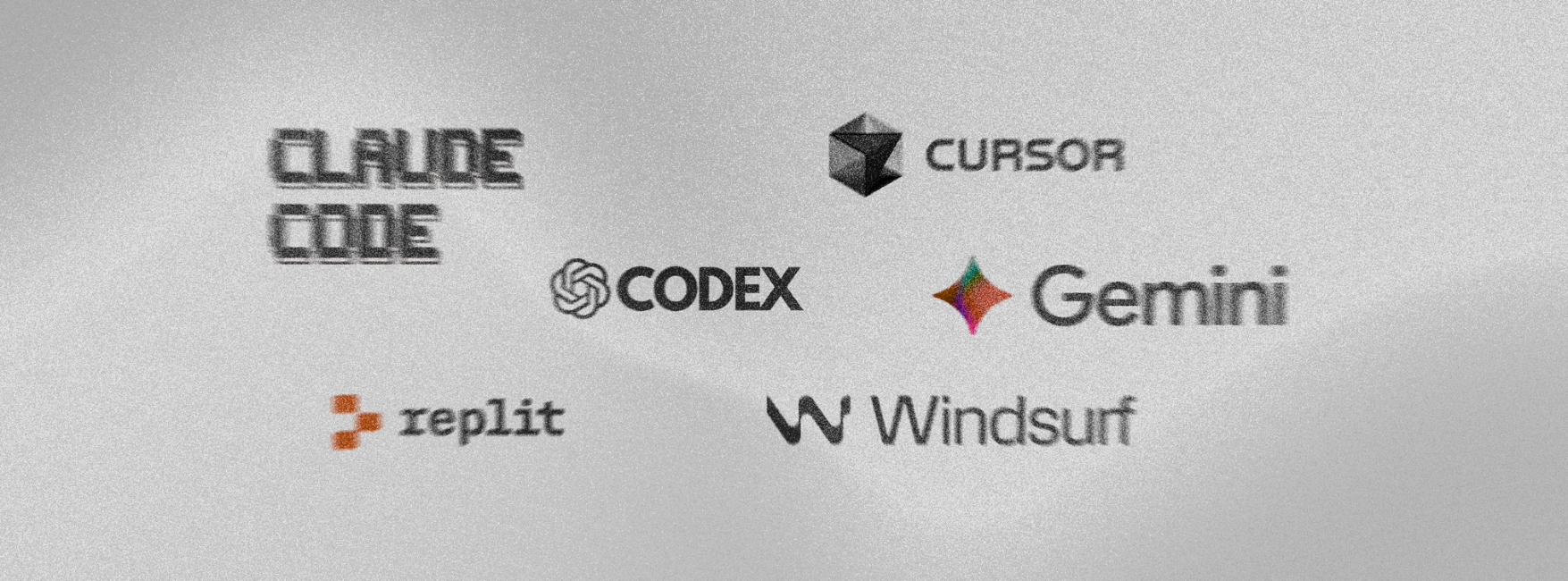Introduction
We’ve been sold a dream: AI will make everything faster, cheaper, better.
But what happens when companies replace real people with algorithms, and users hate the result?
Is AI truly advancing our experiences, or just cutting costs at the expense of quality?
And most importantly: Who’s actually benefiting?
The shareholders? The executives? Or… the people using the product?
Let’s talk about Duolingo’s AI disaster, and why it’s just the beginning of a much bigger problem.
Duolingo’s big bet on AI, and how it backfired
A while back, Duolingo made a bold move, they bet big on AI.
They called it an “AI-First” strategy, slashed contractor roles, and told teams that if they wanted to rehire humans, they’d have to justify why AI couldn’t do the job instead.
The pitch? Faster, cheaper content creation. Quality? That was a problem for later.
But users hated it.
The backlash was swift. App reviews tanked. Social media erupted. Even TikTok and Instagram, usually full of fun language memes, turned against them. Their CEO tried damage control with a bizarre livestream featuring an employee in a Duolingo owl mascot mask.
Too little, too late.
Users complained that lessons felt bland, repetitive, or incorrect, especially in less common languages where nuance is crucial. Many cancelled subscriptions. Others deleted the app entirely.
Duolingo scrambled to backtrack. Suddenly, AI wasn’t replacing humans—it was just “accelerating” their work. They even created new roles like “AI Content Validator” (ironic, since they just fired the humans who did that).
But the damage was done. Trust was broken.
And we gotta ask the question: Was this ever about solving a user problem?
Or was it just profit-driven AI hype at the expense of real people—both employees and learners?
The AI hype train: speed over substance
Duolingo isn't alone in this. The last two years have seen a gold rush toward AI integration, with companies racing to:
Cut labor costs
It's happening everywhere: customer service, content creation, even creative fields. The pitch is always the same, "Why pay humans when AI can do it cheaper?"
But cheaper doesn't mean better. What we're seeing is a wave of hollowed-out companies, brands that used to have soul, now running on the fumes of automated systems.
Automate content creation
The internet is becoming a ghost town of AI-generated content, articles that say nothing, product descriptions that feel robotic, social media posts without personality.
There's a growing sense that we're drowning in quantity but starving for quality. More words, more posts, more "content"... but less meaning.
Boost investor confidence with buzzwords
"AI-powered" has become the must-have label for every startup pitch and earnings call. It's not about building better products anymore, it's about looking innovative to shareholders. The actual user experience? That often comes second.
The pattern is clear: Businesses are chasing short-term gains while sacrificing long-term value. They're betting that users won't notice the difference, or won't care enough to leave.
But as Duolingo learned the hard way, users always notice. And when the excitement of "AI magic" wears off, what's left is often just... worse.
By the numbers: How bad was it?
- App stores became battlegrounds, one-star reviews piled up, with frustrated learners describing the new AI lessons as "soulless," "glitchy," and "like talking to a spreadsheet that occasionally gets grammar wrong." Longtime fans reported the same phrases repeating endlessly, with some language courses becoming virtually unusable for anything beyond tourist-level basics.
- The subscription exodus was undeniable, while Duolingo never released exact figures, language learning communities reported mass cancellations. The timing spoke volumes: right after major AI rollouts, app analytics showed unusual drops in active users.
- Social media amplified the outrage. TikTok clips showing nonsensical AI translations racked up millions of views. Memes depicted the once-beloved Duo owl mascot as a "heartless corporate bot." Even Duolingo's own community forums, normally full of study tips, became flooded with complaints about deteriorating course quality.
Yet leadership kept pushing the AI narrative, with executives giving interviews about "the future of personalized education." That is, until the backlash grew too loud to ignore.
The turning point came when polyglot influencers and language teachers, Duolingo's core evangelists, started publicly abandoning the platform. Their criticism carried weight: these weren't casual users, but experts who could pinpoint exactly how the AI was failing learners.
It was a classic case of corporate blind spots, management became so enamored with their shiny AI solution that they failed to see how badly it was landing with actual users. By the time they course-corrected, the damage to their reputation was already done.
The lesson? No amount of AI hype can compensate for making your core product worse. Users will always vote with their feet, and their reviews.
The core problem: who was this for?
Let’s ask the critical question:
What user problem was Duolingo solving by firing humans and replacing them with AI?
- Were learners complaining that lessons were too slow to produce?
- Were users demanding more AI-generated content?
- Or was this purely a cost-cutting move disguised as innovation?
The answer is obvious.
This wasn’t about improving the learning experience, it was about shareholder value, scalability, and the AI hype machine.
And users noticed.
The bigger AI bubble: when will it pop?
Duolingo’s misstep is just one example of a much larger trend.
Companies across industries are blindly adopting AI, often with disastrous results:
1. AI “Journalism” Gone Wrong
- CNET quietly used AI to write finance articles—only for readers to spot glaring errors.
- Sports Illustrated was caught publishing AI-generated articles under fake author names.
- BuzzFeed’s AI-written travel guides were mocked for being generic and useless.
2. Customer Service Bots Making Things Worse
- Air Canada’s AI chatbot gave false refund policies, leading to a legal ruling that the company had to honor the bot’s mistakes.
- Banking chatbots providing incorrect financial advice, forcing human reps to clean up the mess.
3. Creative Fields Flooded with Low-Quality AI Content
- Amazon’s Kindle store is now packed with AI-generated books, many of them nonsensical or plagiarized.
- AI art tools spitting out distorted, copyrighted, or offensive images, leading to lawsuits.
The pattern is clear: Businesses see AI as a way to cut costs, but users end up with a worse product.
The lesson: balance profit with people
Great product development isn’t about letting one department dominate, it’s about balance.
- Engineering wants technical excellence.
- Product wants business growth.
- UX wants experiences users actually love.
When one overpowers the others, things break.
At Duolingo:
- Product (business goals) overruled UX (user needs).
- Engineering (AI capabilities) ignored real-world flaws.
And now, they’re paying for it.
Will companies learn?
The AI gold rush won’t stop anytime soon. But the reckoning is coming.
Users are smarter than companies think. They notice when quality drops. They cancel subscriptions, leave bad reviews, and switch to competitors.
Duolingo’s scramble to backtrack proves that even AI giants can’t ignore user backlash forever.
The question is: How many more companies will make the same mistake before they learn?
AI should enhance, not replace
AI has potential—but only when used responsibly.
- AI as a tool? Great.
- AI as a cheap replacement for human expertise? Disaster.
Duolingo learned this the hard way.
Let’s hope others are paying attention.
Because if the AI bubble pops, the fallout will be ugly—and the companies that prioritized profit over people will have no one to blame but themselves.
Read our previous blogs to learn more about AI!







.svg)